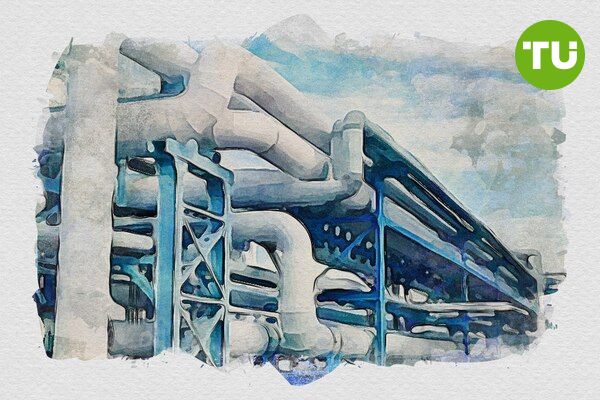Natural gas price forecast: Warmer weather drives decline, European markets react to ceasefire
 Natural gas prices decline as warmer weather reduces demand expectations
Natural gas prices decline as warmer weather reduces demand expectations
Natural gas prices fell over 6% on Wednesday, extending losses as warmer temperatures across the U.S. reduced demand expectations. The market opened with a gap lower, reflecting concerns that seasonal demand is winding down.
Traders are now bracing for further price declines, with key support levels at $4.00 - $4.05, and a potential drop toward $3.65 - $3.70 if selling pressure continues.
Analysts noted that while European demand for U.S. LNG has been a strong factor, higher storage levels in the EU have eased supply concerns. Meanwhile, U.S. natural gas inventories are filling up at elevated prices, further reducing short-term upside potential.
Natural gas price movement (Jan 2025 - Mar 2025) Source: TradingView.
European gas futures dip after Ukraine ceasefire deal
In Europe, natural gas futures fell toward €42/MWh, snapping a three-day winning streak. The decline followed reports that Ukraine accepted a U.S.-brokered 30-day ceasefire with Russia, sparking hopes that some Russian gas supplies could return. Despite the EU's push to diversify its energy sources, it still relies heavily on Russian liquefied natural gas (LNG), particularly as storage levels have dropped below 36% due to high winter consumption.
While immediate supply risks have eased, traders remain cautious. European energy costs remain high, and any significant policy shifts toward reducing Russian LNG reliance could introduce further volatility in gas markets.
Market outlook: Short-term weakness, long-term uncertainty
Natural gas markets are entering a seasonal transition period, with declining U.S. heating demand and uncertain European supply dynamics. Prices could remain under pressure unless a significant supply disruption emerges.
As previously discussed, the natural gas market remains highly reactive to weather patterns, geopolitical risks, and storage levels. Traders should monitor EU energy policies, LNG trade flows, and U.S. storage reports for further price direction.













































































































































